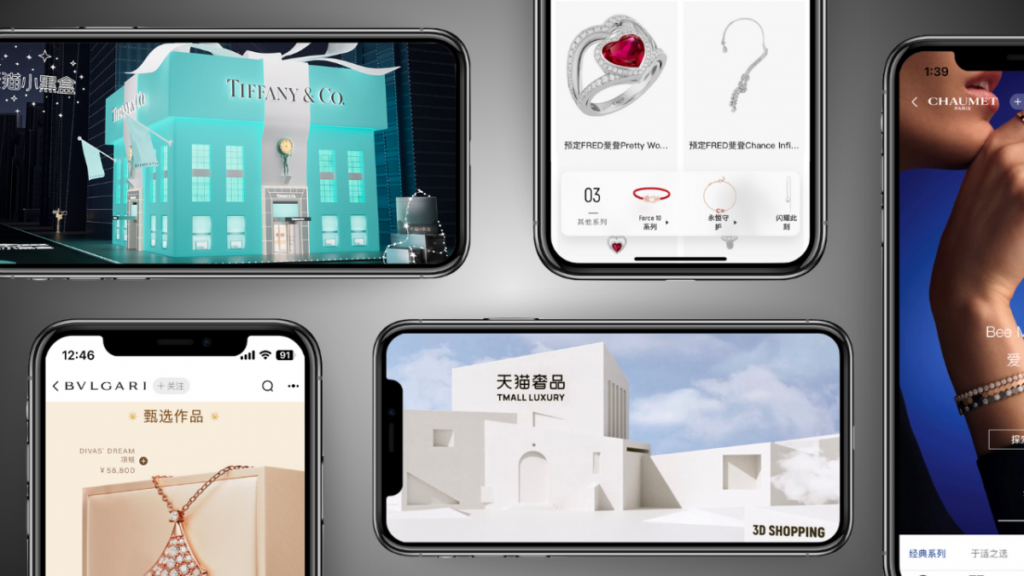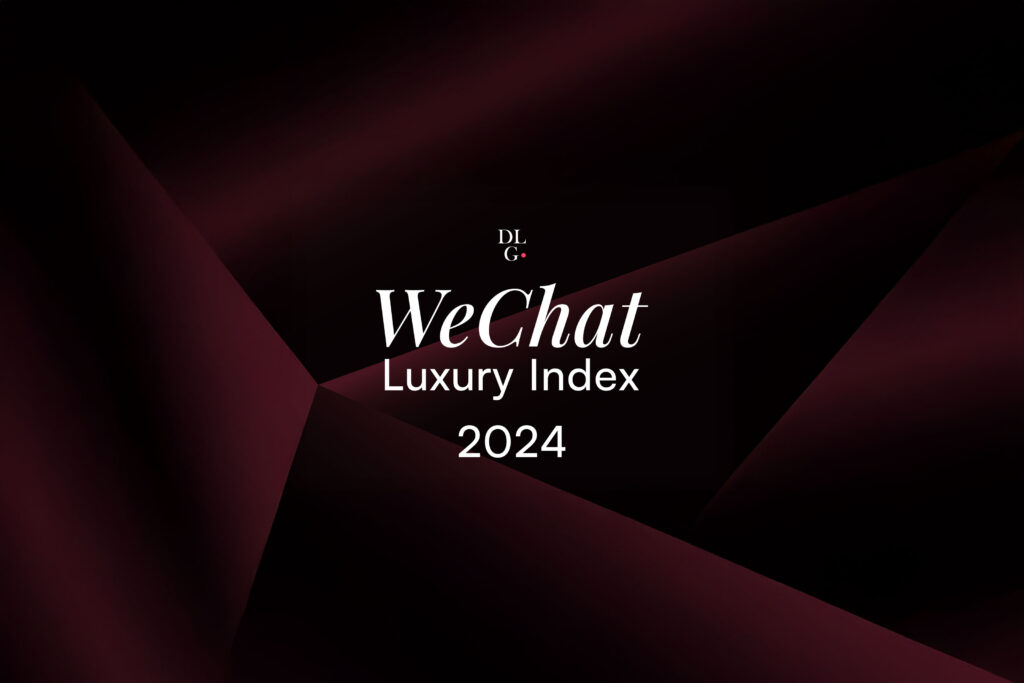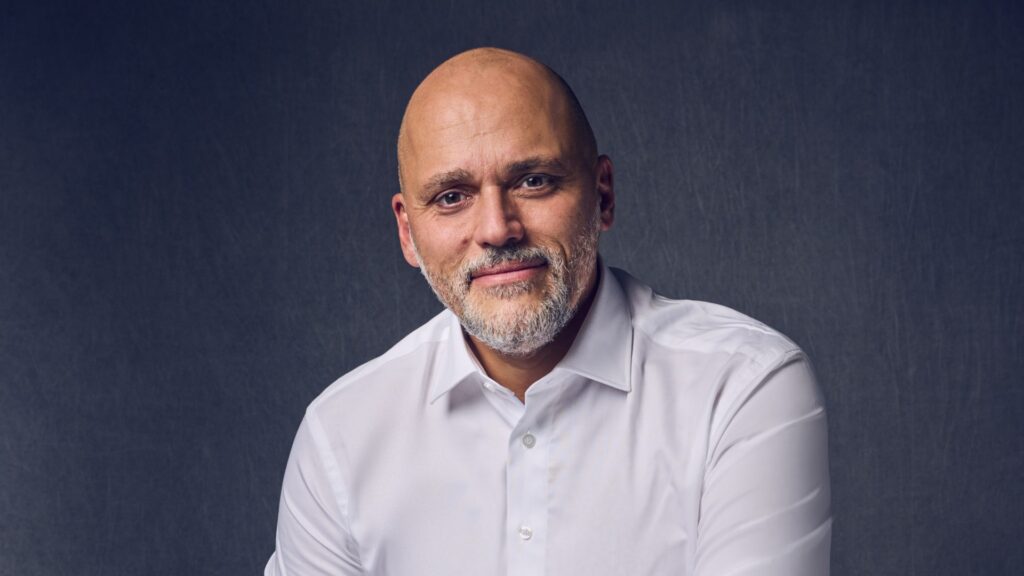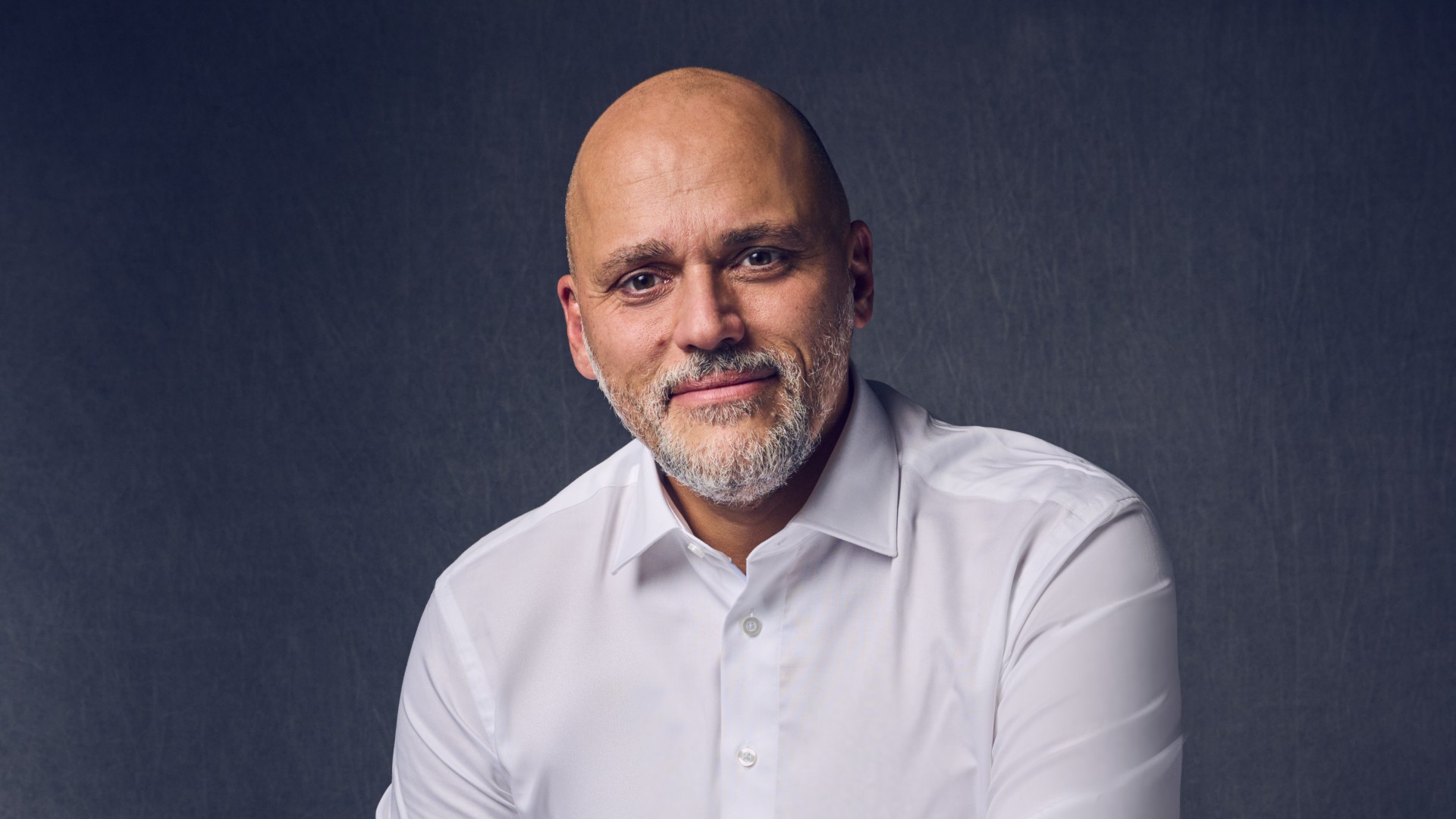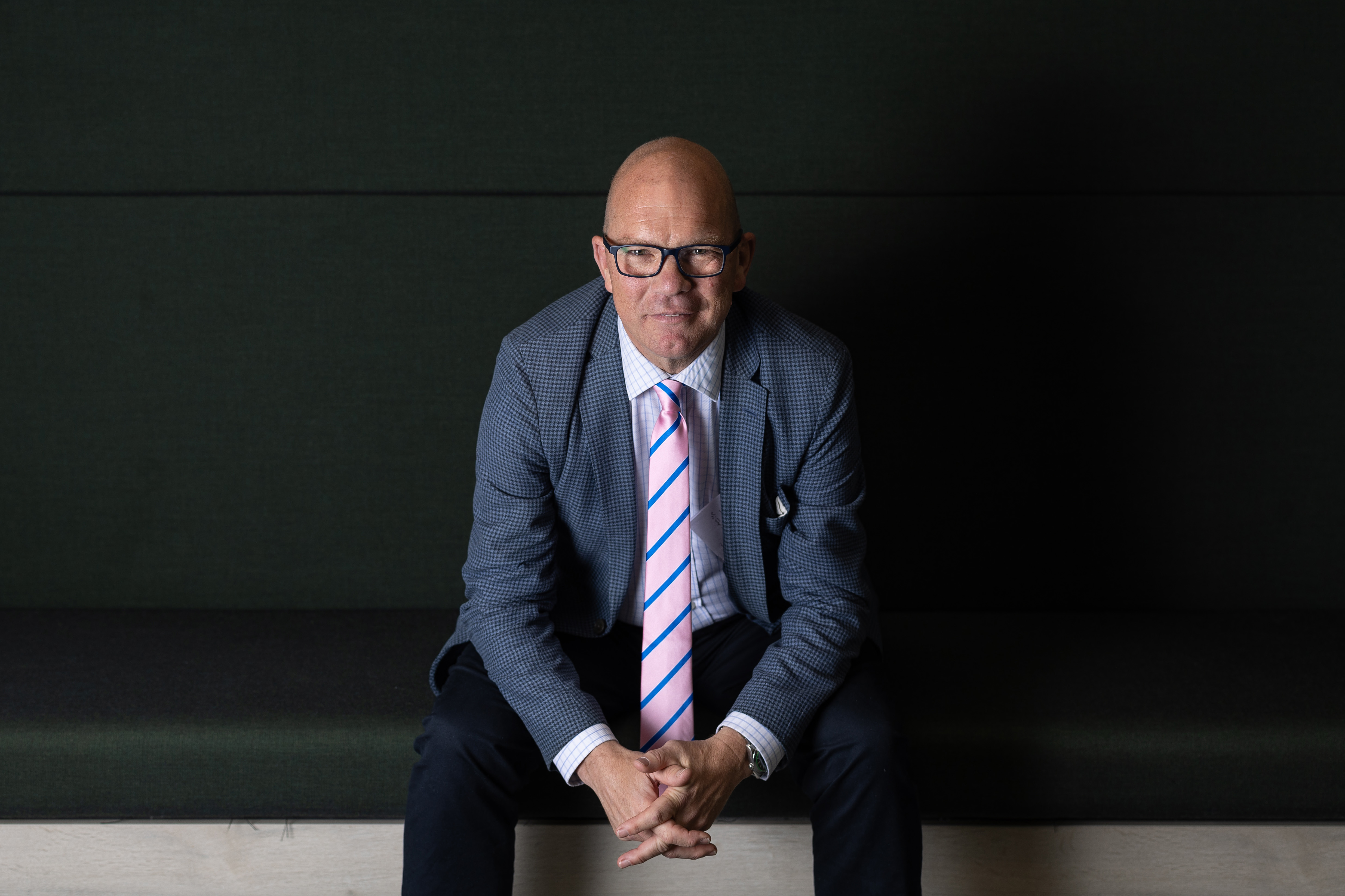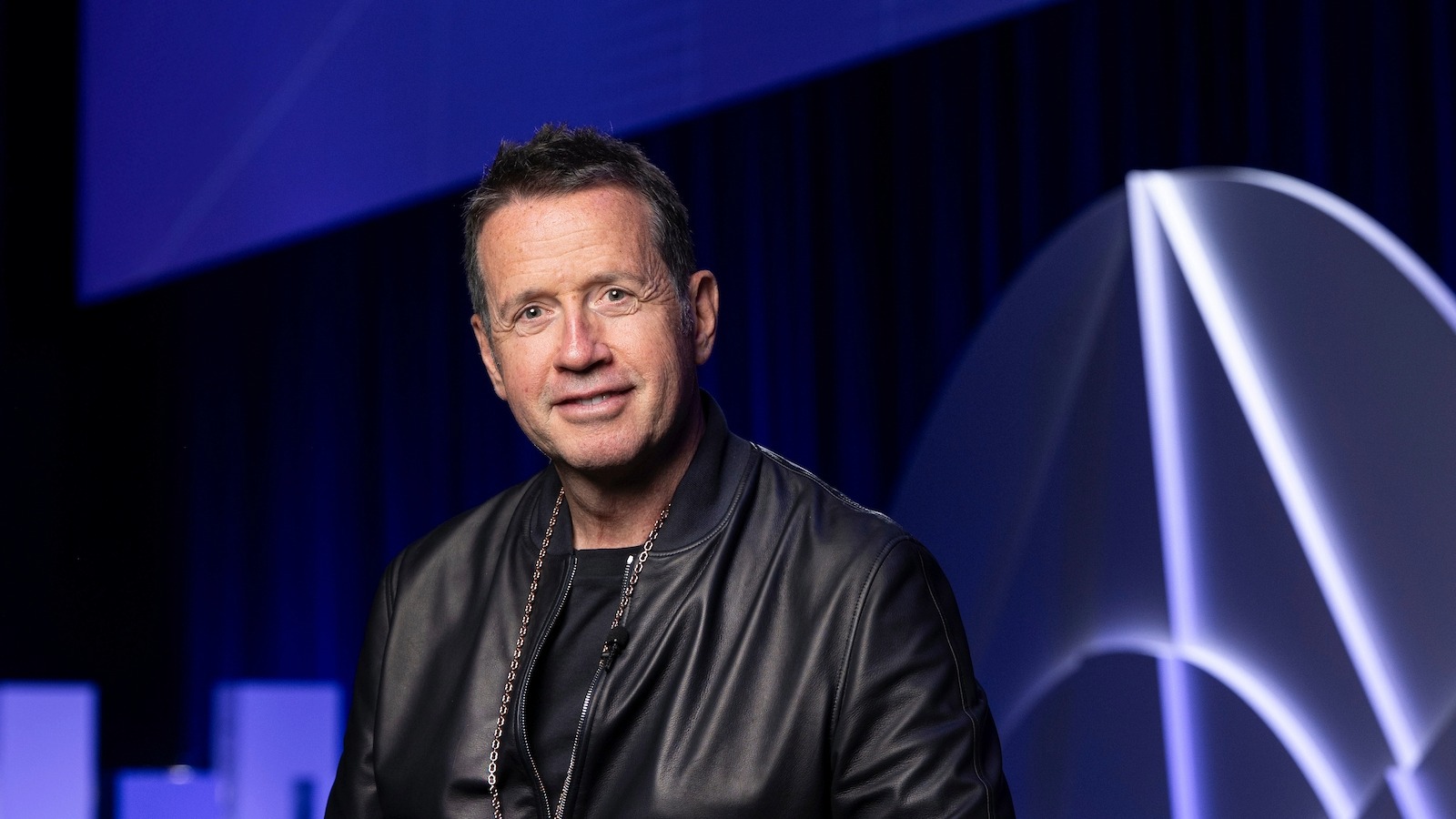As Swiss watchmaking faces unprecedented challenges from inflated pricing to digital disruption, one of the industry’s most influential voices calls for a return to fundamentals
The Swiss watch industry is now standing at a turning point that would have been unimaginable just five years ago. Record-breaking auction results and waitlists for popular watch models have given way to market corrections and consumer price sensitivity. What began as a pandemic-fuelled boom has since evolved into a more complex landscape where brands are facing increased scrutiny from consumers, media, and industry insiders alike.
Witnessing this transformation firsthand is Benjamin Clymer, Founder and President of HODINKEE, a platform known for being one of the most definitive voices in horological discourse. Speaking on an episode of The Luxury Society Podcast, with co-hosts David Sadigh and Robin Swithinbank, Clymer offers a candid assessment of an industry grappling with its own success, revealing fundamental tensions between tradition and innovation that will determine watchmaking’s future trajectory.
An Industry at its Tipping Point
The pandemic created what industry observers describe as a perfect storm for Swiss watchmaking: supply chain disruptions coincided with unprecedented consumer demand, fundamentally altering market dynamics. Clymer characterises this period as paradoxical, noting how “the world switched to a priority on pre-owned watches, and all the mainstream media focused on what was happening with secondary watch prices.”
The numbers support this assessment. According to Deloitte’s Swiss Watch Industry Insights 2024, the pre-owned watch market continues to outpace primary market growth, with projections indicating the secondary and primary markets will reach similar sizes within the next decade. Meanwhile, the Federation of the Swiss Watch Industry reported that Swiss watch exports declined 2.8% to CHF 26.0 billion in 2024, creating a stark contrast with the pre-owned sector’s double-digit growth rates across major markets.
This market divergence has created what Clymer views as a dangerous complacency amongst manufacturers. “The Swiss became more sure of themselves; they became more confident that people needed watches, when in fact, nobody needs a watch,” he observes.

Credit: Watches & Wonders
Research by The Business of Fashion and McKinsey & Company reveals that growth of the global personal luxury goods market between 2019 and 2023 was driven 80% by price increases and only 20% by volume gains. Brands prioritised revenue growth through pricing strategies that often exceeded inflation rates, relying on strong demand and perceived price inelasticity. This confidence, built on pandemic-era scarcity, may have obscured underlying structural challenges that are now becoming apparent.
As Luca Solca, Managing Director of Luxury Goods at Bernstein, described in an earlier episode of the podcast, brands that “have decided to increase prices the most, are the ones, in general, under more pressure today, as they struggle to justify their value for money propositions in the eyes of consumers that are sobering up from ‘you only live once’ attitudes.” These aggressive pricing strategies have resulted in a market increasingly polarised between ultra-luxury and accessible segments, with traditional middle-market positioning under sustained pressure.
Are Watch Prices Getting too High?
The pricing trajectory of luxury watches has reached levels that even industry advocates like Clymer find concerning. His critique reflects broader market anxieties about accessibility: “I think pricing at the high end in particular is really outrageous at this point. If your average Patek Philippe perpetual calendar is USD $160,000, you’re telling me that a medical doctor in the New York area should spend his entire year’s take home salary on a watch. It makes no sense,” he says.
The mathematics behind this concern are compelling. Analysis from Morgan Stanley indicates that timepieces priced above CHF 50,000 (approximately USD $56,800) now represent 33.5% of total market value by revenue, demonstrating the sector’s pronounced movement toward ultra-luxury positioning.
However, this strategy carries inherent risks. Bain & Company’s research indicates that the luxury consumer base has contracted by approximately 50 million people from 2022 to 2024, with brands struggling to maintain their value propositions amid continued price elevation. The firm notes that “price fatigue” has become a significant factor, with brand engagement declining across multiple metrics. “I think [brands] have become really, overly sure of their ability to sell at retail,” says Clymer.
“[Brands] are charging so much for watches that are worth it in the sense that the innovation is there, that the quality is there, but that the market doesn’t support it,” he adds. “And that’s a real challenge.”
Some brands, on the other hand, have managed to justify premium pricing through breakthrough innovation and carefully managed scarcity – Richard Mille being a prime example. The independent watchmaker has built its reputation on genuine technological advancement, incorporating materials and manufacturing techniques borrowed from Formula 1 and aerospace industries. By maintaining strict production limits and focusing on innovation rather than volume, Richard Mille has created a market dynamic where demand consistently exceeds supply. This approach has cultivated a collector base that views the brand’s pieces as both technical achievements and store-of-value assets. According to DLG’s proprietary DemandTracker tool, global search volumes for Richard Mille across 64 key luxury markets increased 15.6% year-over-year in 2024, with particularly strong performance in the US, UK, and India – markets that collectively account for over 37.9% of the brand’s total search interest.
A Shift Towards Quality Over Quantity
These pricing shifts hint at a fundamental restructuring of the watch market, moving away from the volume-driven growth models that characterised the past two decades. Clymer anticipates this shift will favour craftsmanship over marketing: “It’ll be much lower quantity and much higher quality in cost. It’ll be far fewer watches, but much better watches. And to be frank, the watch guy in me loves that.”
This prediction aligns with broader luxury market research from BCG-Altagamma, which identifies “conscious luxury” as a defining trend for the next decade. Its analysis suggests that consumers increasingly prioritise longevity, craftsmanship, and authentic heritage over novelty and frequent releases.

Credit: Urban Jürgensen
The re-emergence of historical watchmaking brands like Urban Jürgensen, which Clymer cites as exemplifying innovative positioning strategies, suggests new models for connecting heritage craftsmanship with contemporary marketing approaches. “The way that Urban Jürgensen handled the approach of the launch has been incredible,” he notes. “The objective quality of the watch is just superlative. And at the end of the day, I’m still just a watch guy. The product is great.”
Content Creation in the AI Era
While luxury consumers become increasingly discerning in their purchasing decisions, the rise of AI-generated content and algorithmic distribution is concurrently reshaping how watch enthusiasts discover, consume, and trust information about timepieces –challenging the traditional gatekeepers who have long defined industry discourse.
This shift represents more than a technological evolution; it signals a potential erosion of authenticity in luxury marketing. Where once established publications and recognised experts served as trusted intermediaries between brands and consumers, the democratisation of content creation through AI tools threatens to flood the market with indistinguishable voices and manufactured expertise.
HODINKEE founder Ben Clymer recognises these changes while advocating for the enduring value of genuine editorial authority. “As AI takes over, I think the traditional influencers that we see now on TikTok will actually wane in influence, because anybody could create one. Rolex could create its own bot that basically creatively pushes Rolex,” he observes, highlighting how AI could enable brands to circumvent independent voices entirely.
The implications extend beyond simple content saturation. In an environment where synthetic personalities can be crafted to appear authentic, and where algorithmic systems increasingly determine what content reaches audiences, the very notion of editorial independence faces an existential challenge. Consumers, already skeptical of traditional advertising, may find themselves navigating an even more complex web of branded content disguised as objective commentary.
Yet Clymer sees this disruption as potentially validating the investment in long-term editorial credibility: “I think the idea of content creation is just going to change rapidly. And so if you look at the grand scheme of things, the HODINKEE traditional digital media era is much longer and more robust, and certainly has solidified us in a way that these creators have yet to really reach.”
The watch industry’s current inflection point demands more than incremental adjustments – it requires a fundamental recalibration of priorities that honours both tradition and market reality. As brands grapple with the consequences of their pricing ambitions and consumers become increasingly selective, the winners will be those who remember that luxury is not simply about exclusivity through price, but about creating objects of enduring value that justify their cost through craftsmanship, innovation, and emotional resonance.
__________________________
Listen to the full interview with Benjamin Clymer on Episode 12 of The Luxury Society Podcast on Apple, Spotify, and other major podcast platforms.
To discover more about the pricing disconnect in luxury today, read our interview with Luca Solca, Managing Director of Luxury Goods at Bernstein or listen to the podcast episode available on Apple, Spotify, and other major podcast platforms.
Find out more about Richard Mille and its remarkable success in our interview with Peter Harrison, CEO EMEA, or listen to the podcast episode available on Apple, Spotify, and other major podcast platforms.
Subscribe to The Luxury Society Podcast to receive notifications about new episodes featuring luxury industry leaders. Never miss an episode as we continue exploring the themes shaping the future of luxury.


